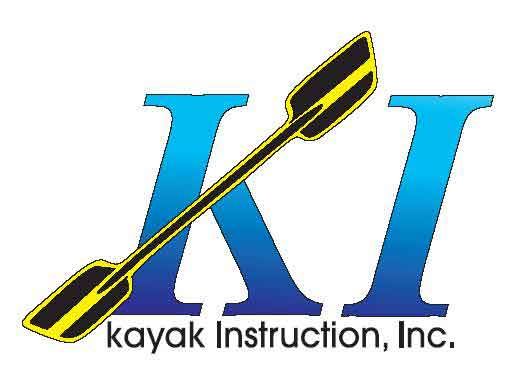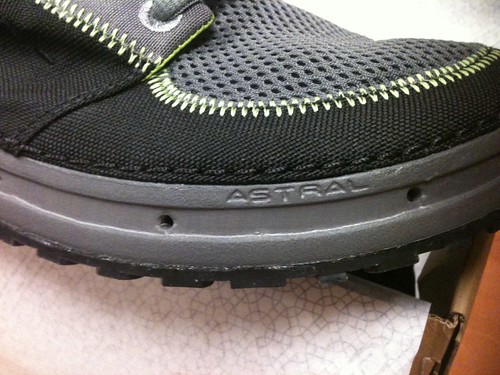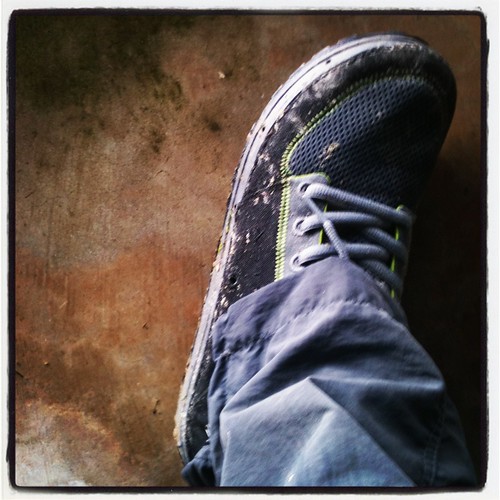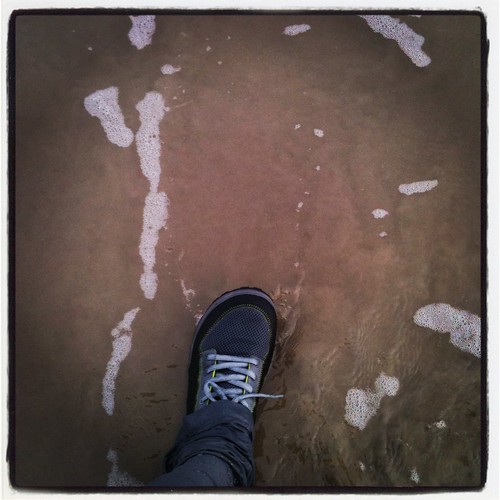Let's face it. Summer in Texas is hot. And when I say hot, I'm not talking sweat a little bit hot. I'm talking about the hydrate or get kidney failure hot. But with October winding down, Fall is here and bringing with it beautiful weekends to get out and enjoy nature. Whether you have a large family or it's just you and a couple of friends, camping is one of the best ways to soak in the beauty that nature is wrapping us in.
Camping mixed with some fishing and kayaking is my preferred envelopment in the season. While I would love to be down at the Devils River right now, a weekend escape to a local lake can be just as fun (and a whole lot easier to do with the kids).
Some people (me included) worry about camping with kids. It's easy for adults to go and enjoy the outdoors but ankle biters add a different twist. Here are a few things to keep in mind that have caught many a parent unprepared.
Kids are curious. They may be a bit overstimulated the first time to a new spot. Plan flexible segments of time where they can explore their new surroundings with you. They often will want to look at animal tracks, interesting sticks, cool rocks, every piece of scat on the trail and the list can go on forever.
Kids have patience at times and at other times don't. You need to understand from the get go that your time frame and theirs may be considerably different. It may also change as their mood does. A three night camping adventure could very likely only last a couple of hours. It is as variable as the Texas weather and you should plan for that. It's ok to leave early. Don't set yourself up for disappointment. Plan for the worst and hope for the best. If you power through and "force" the kids to stay for your planned duration, it may be the last time they ever go camping with you.
Kids love activities and snacks. This is a simpler one to navigate. Have some things to do while you are at your campsite. Kayaking is a favorite of my kids. They love being on the water, paddling around and looking at things. They also like to walk trails and look for things. Things is not specific here for a reason. Sometimes it's leaves; sometimes it's footprints. It depends and we leave it up to the kids. Snacks are the other key ingredient. Having smores is great around a camp fire. Having trail mix or juice that they can have while on a hike or paddle is also a good way to keep interest up. Look at 4 year olds playing soccer. For most of them, they play to get the snack at the end. Camping is no different. What develops is an association of a good time around camping or kayaking or hiking because there is not a distraction of "when can we eat?". When it is readily available they can focus on nature.
Pack for all weather. You will want to pack for cold and hot when you go. Little kids especially have a harder time with temperature shifts than we adults do. Have clothes, sleeping bags, jackets and shoes for all weather. Also don't forget a few changes of clothes if you are going to be out for more than a few hours. (And even then it is a good idea).
Hopefully as Fall joins us over these next few weeks, you will be able to enjoy the great outdoors in a tent, a kayak or on a trail with those you love.
Helping people to get motivated to get out there is Austin Canoe and Kayak. They are giving away some sweet outdoor gear now. For your chance to win check it out below. Even if you don't win, ACK is a great place to stock up on all your outdoor needs.
Camping mixed with some fishing and kayaking is my preferred envelopment in the season. While I would love to be down at the Devils River right now, a weekend escape to a local lake can be just as fun (and a whole lot easier to do with the kids).
Some people (me included) worry about camping with kids. It's easy for adults to go and enjoy the outdoors but ankle biters add a different twist. Here are a few things to keep in mind that have caught many a parent unprepared.
Kids are curious. They may be a bit overstimulated the first time to a new spot. Plan flexible segments of time where they can explore their new surroundings with you. They often will want to look at animal tracks, interesting sticks, cool rocks, every piece of scat on the trail and the list can go on forever.
Kids have patience at times and at other times don't. You need to understand from the get go that your time frame and theirs may be considerably different. It may also change as their mood does. A three night camping adventure could very likely only last a couple of hours. It is as variable as the Texas weather and you should plan for that. It's ok to leave early. Don't set yourself up for disappointment. Plan for the worst and hope for the best. If you power through and "force" the kids to stay for your planned duration, it may be the last time they ever go camping with you.
Kids love activities and snacks. This is a simpler one to navigate. Have some things to do while you are at your campsite. Kayaking is a favorite of my kids. They love being on the water, paddling around and looking at things. They also like to walk trails and look for things. Things is not specific here for a reason. Sometimes it's leaves; sometimes it's footprints. It depends and we leave it up to the kids. Snacks are the other key ingredient. Having smores is great around a camp fire. Having trail mix or juice that they can have while on a hike or paddle is also a good way to keep interest up. Look at 4 year olds playing soccer. For most of them, they play to get the snack at the end. Camping is no different. What develops is an association of a good time around camping or kayaking or hiking because there is not a distraction of "when can we eat?". When it is readily available they can focus on nature.
Pack for all weather. You will want to pack for cold and hot when you go. Little kids especially have a harder time with temperature shifts than we adults do. Have clothes, sleeping bags, jackets and shoes for all weather. Also don't forget a few changes of clothes if you are going to be out for more than a few hours. (And even then it is a good idea).
Hopefully as Fall joins us over these next few weeks, you will be able to enjoy the great outdoors in a tent, a kayak or on a trail with those you love.
Helping people to get motivated to get out there is Austin Canoe and Kayak. They are giving away some sweet outdoor gear now. For your chance to win check it out below. Even if you don't win, ACK is a great place to stock up on all your outdoor needs.















